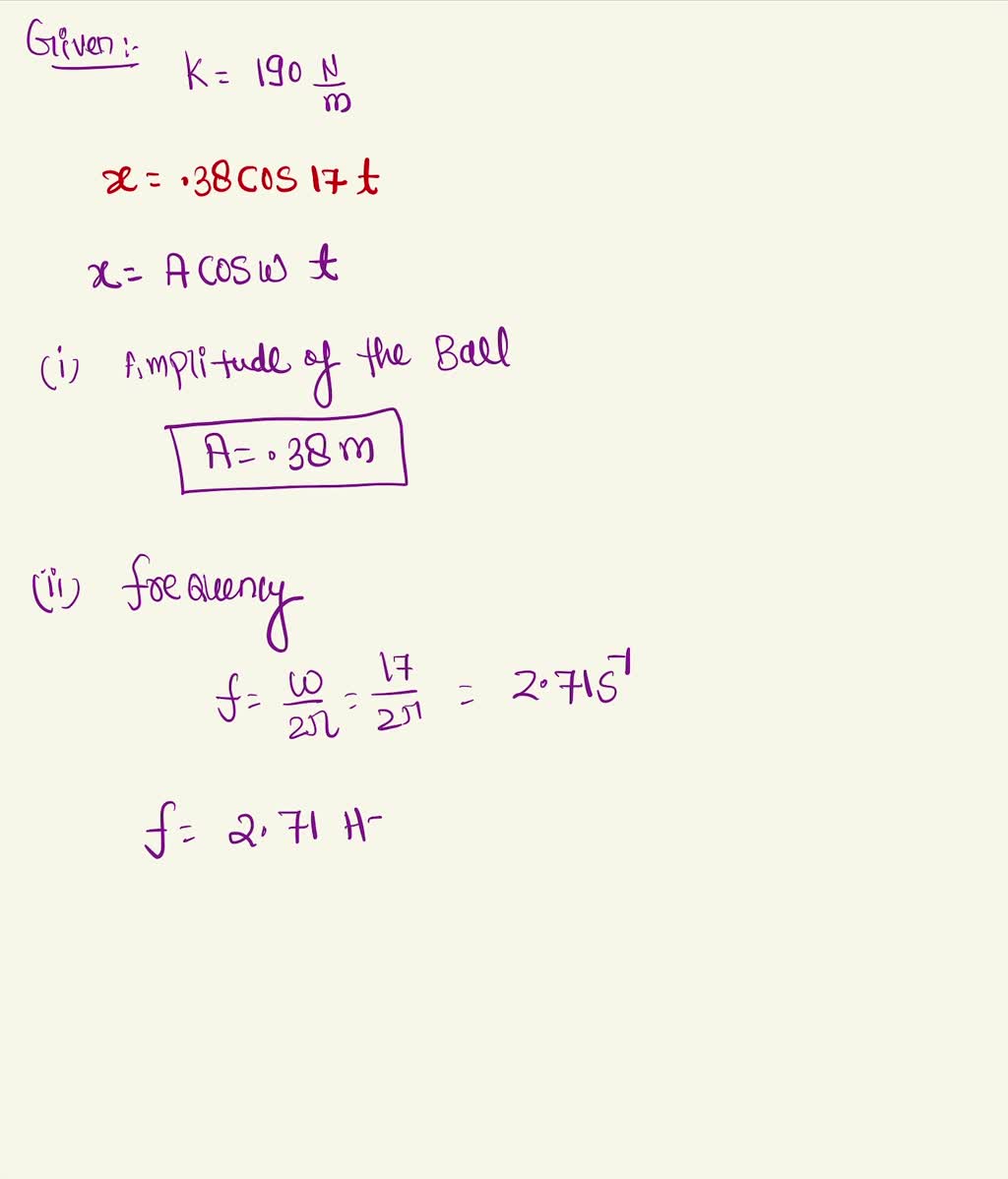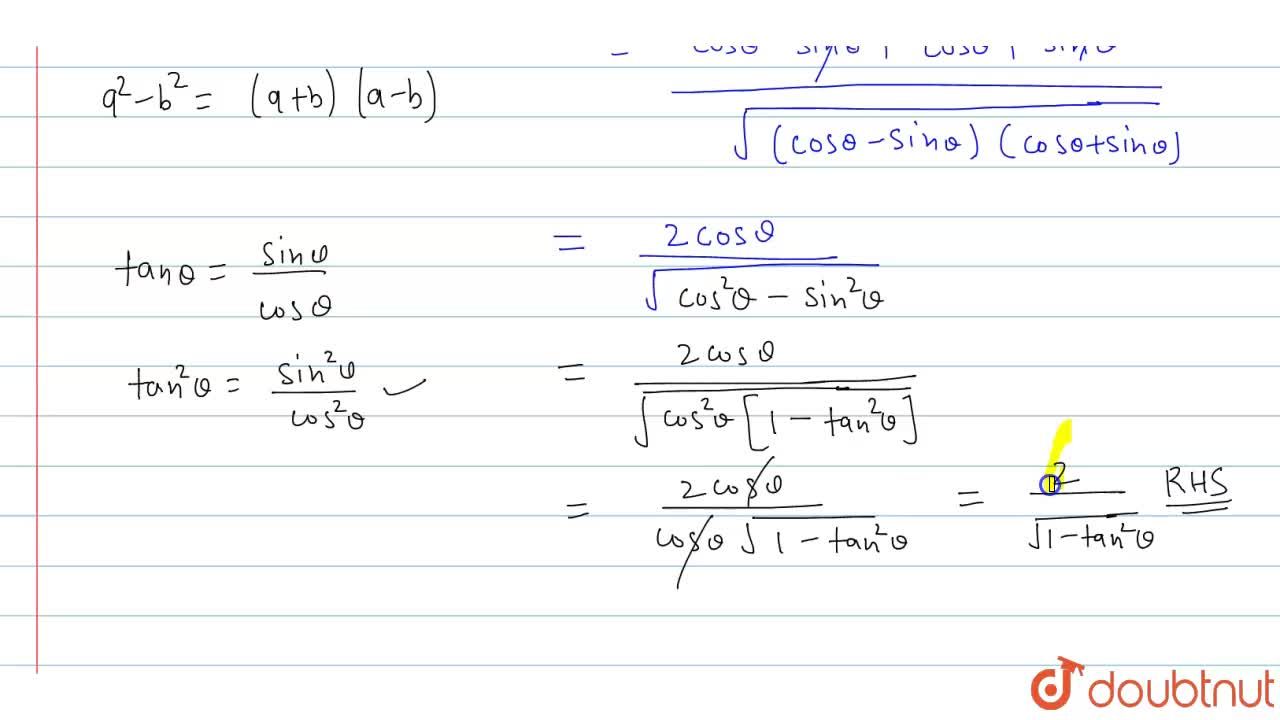
SOLVED: A ball of mass m oscillates on a spring with spring constant k = 200 N/m. The ball's position is x = 0.350m cos(15.0/st + 0.13) a) What is the amplitude

If m=cos theta-sin theta and n=costheta+sin theta then show that sqrt(m /n)+sqrt(n/m)=2/sqrt(1-tan^2 theta)

If cot theta =m/n, show that m cos theta-n cos theta/ m cos theta + b ain theta = m - Maths - Introduction to Trigonometry - 12670763 | Meritnation.com

calculus - Reduction formula for $\int_0^{\pi/2}\cos^m\theta\sin^n\theta\,d\theta$ - Mathematics Stack Exchange

SOLVED: a ball of mass m oscillates on a spring with spring constant k =190 N/m. the balls position is described by x = (0.38 m)cos(17 t), with t measured in seconds.
If m = (cosθ - sinθ) and n = (cosθ + sinθ) then show that √m/n + √n/m = 2/√1-tan^2 θ - Sarthaks eConnect | Largest Online Education Community








